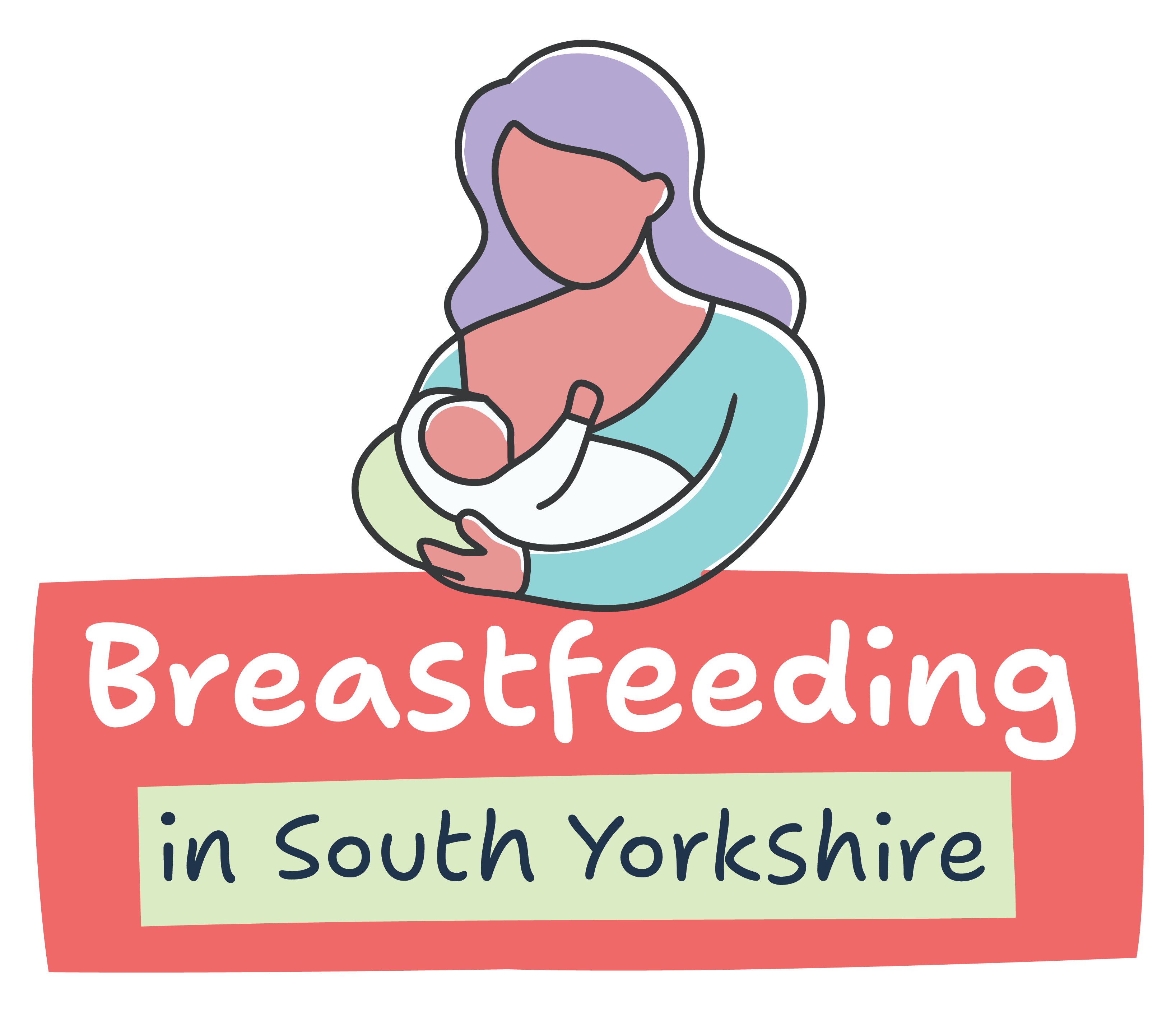Expressing and pumps
You might want to express milk if:
- you have to be away from your baby, such as if your baby is in special care or because you're going back to work
- your breasts feel uncomfortably full (engorged)
- your baby is not able to latch or suck well, but you still want to give them breast milk
- your partner is going to help with feeding your baby
- you want to boost your milk supply
It’s not true that expressing an engorged breast increases the amount of breast milk. On the contrary, if the milk is not drained it could lead to inflammation (mastitis) and ultimately reduced milk production.
If you’re unsure about how to express your breast milk seek advice from your midwife, health visitor or a peer supporter. They will be happy to help you learn a way of expressing that’s right for you.
Expressing
Always begin with clean hands and sterilised equipment. You may find it difficult to get the milk to flow straight away. This is normal. You may find looking at a picture of your baby or having them close helps.
Massaging your breasts or rolling the nipples can also help stimulate your milk flow. It can also help to warm the breasts using warm flannels or by immersing them in warm water
Expressing by hand (Unicef UK)
This video provides an overview of hand expression and how to hand express successfully.
Expressing by pump
There are a number of different breast pumps available, some manual, battery-powered or electric.
Although expressing by pump can be quicker and less tiring than expressing by hand, it can be more uncomfortable, so try both methods and see what’s best for you.
Follow the manufacturer’s instructions on how to use your breast pump.
Storing breast milk
If you express breast milk to use at a later date, it’s really important that you follow these steps:
- sterilise all containers used to store the milk
- clearly mark each container with the date and time that the milk was expressed
- throw any unused milk away once it has been heated
Guidelines for storage
You should consider these things when storing your milk:
- keep it at room temperature for up to 6 (it must then be discarded if not used)
- it can keep in the fridge (less than 4 degrees C) for up to 5 days at the back of the fridge (not the door)
You can add further cold expressed breast milk to the same bottle in the fridge after each feed that day, as long as the fridge is at 4 degrees C.
If freezing
If you are freezing your milk it is important to note that:
- it can keep in the freezer compartment of the fridge for up to 2 weeks
- it can keep in the freezer (below 18 degrees C) for 6 months
Be sure to defrost frozen breast milk slowly in the fridge overnight and to use within 12 hours.
If needed quickly, it can be thawed in a container of hot water. Once thawed, it should be used as soon as possible.
Do not re-freeze milk after it has been defrosted.
How to give expressed breast milk to your baby
The most common way to give your baby expressed breast milk is in a bottle.
It’s recommended that teats are not introduced until breastfeeding is established (at around 6 weeks – babies suck differently from a teat, which is why breastfeeding may become a lot more difficult after bottle-feeding has been introduced, similarly why some refuse bottles).
The alternative is to use a special feeding cup or an egg cup for feeding expressed breast milk. These methods may be best for very new, ill or pre-term babies who have not yet learned to feed from the breast effectively.
Speak to your midwife or health visitor for information on cup feeding.
More information
You can ask your midwife, health visitor or peer support worker to help you with expressing and bottle feeding.
Your local area
Visit your local area page for details of support available to you locally.
Out of hours support
You can also call the National Breastfeeding Helpline on 0300 100 0212.

